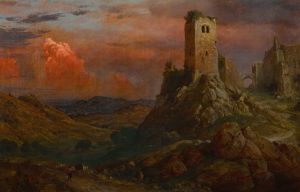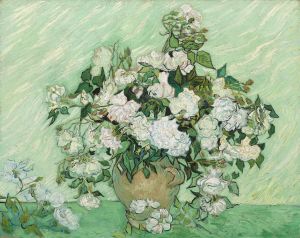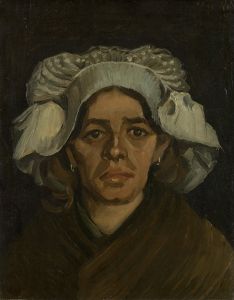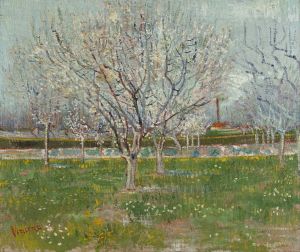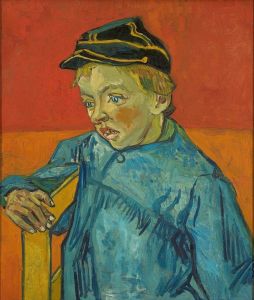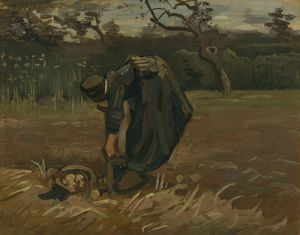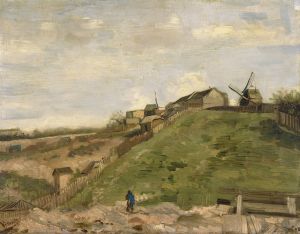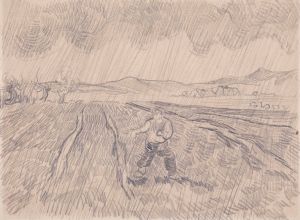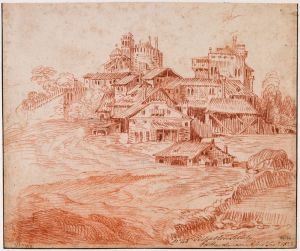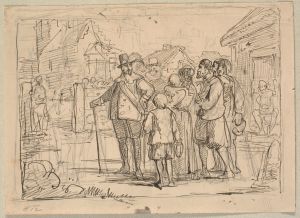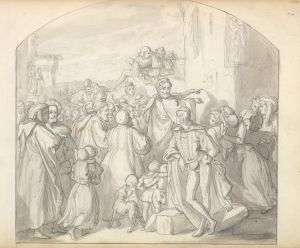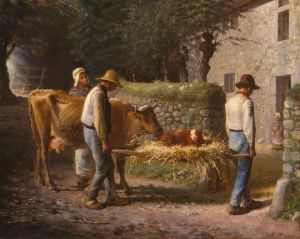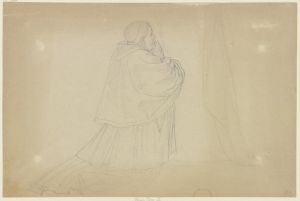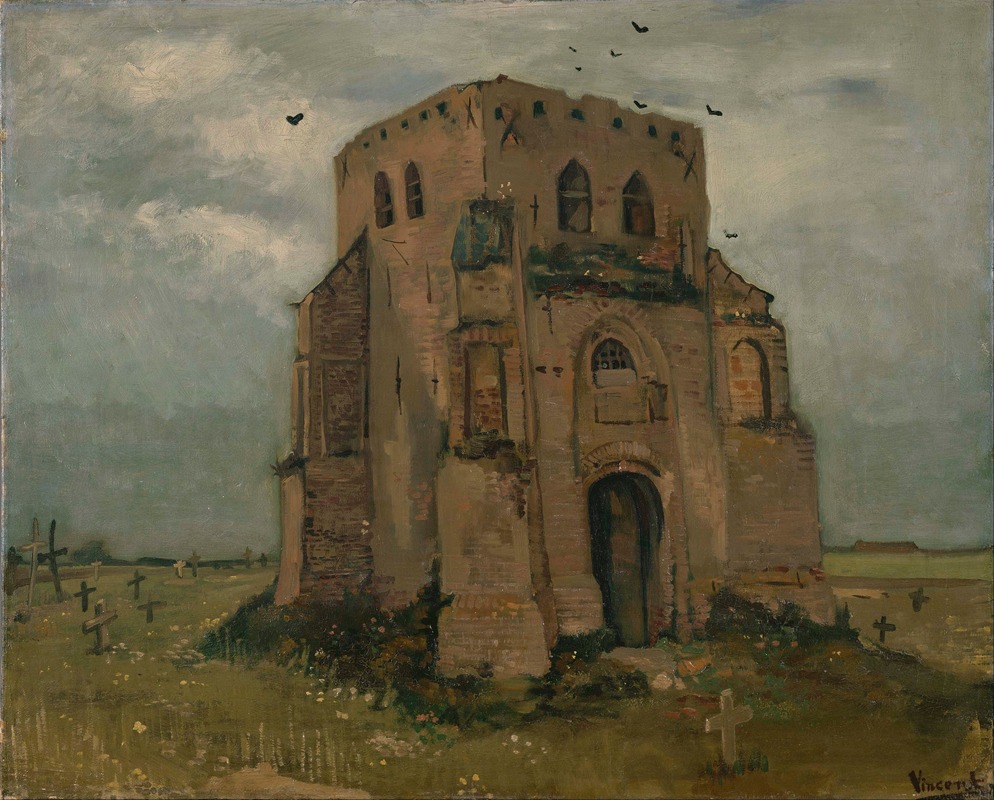
The old church tower at Nuenen
A hand-painted replica of Vincent van Gogh’s masterpiece The old church tower at Nuenen, meticulously crafted by professional artists to capture the true essence of the original. Each piece is created with museum-quality canvas and rare mineral pigments, carefully painted by experienced artists with delicate brushstrokes and rich, layered colors to perfectly recreate the texture of the original artwork. Unlike machine-printed reproductions, this hand-painted version brings the painting to life, infused with the artist’s emotions and skill in every stroke. Whether for personal collection or home decoration, it instantly elevates the artistic atmosphere of any space.
"The Old Church Tower at Nuenen" is a painting by the renowned Dutch artist Vincent van Gogh, created in 1884. This work is part of Van Gogh's early period, which is characterized by his exploration of rural life and landscapes in the Netherlands. The painting depicts the old church tower in the village of Nuenen, where Van Gogh lived from December 1883 to November 1885.
During his time in Nuenen, Van Gogh was deeply influenced by the rural environment and the lives of the peasants who inhabited the area. This period was crucial in his development as an artist, as he focused on capturing the essence of peasant life and the natural surroundings. "The Old Church Tower at Nuenen" is a reflection of this focus, showcasing Van Gogh's interest in architecture and the interplay between human-made structures and nature.
The painting features the church tower, which stands prominently against a backdrop of a cloudy sky. The tower is depicted in a somewhat somber and melancholic manner, which is typical of Van Gogh's work during this period. The use of dark, earthy tones and the emphasis on the tower's stark silhouette against the sky contribute to the painting's overall mood. This choice of color palette and subject matter reflects Van Gogh's interest in the themes of mortality and the passage of time, as church towers often symbolize both spiritual and temporal aspects of life.
Van Gogh's technique in this painting is indicative of his early style, which was influenced by the Dutch masters and the Barbizon School. He employed a relatively muted color scheme and focused on capturing the texture and form of the landscape. The brushwork is deliberate and controlled, highlighting the structural elements of the tower and the surrounding environment.
"The Old Church Tower at Nuenen" is also significant because it represents Van Gogh's connection to his family and personal history. His father, Theodorus van Gogh, was a pastor, and the church in Nuenen held personal significance for the artist. This connection is reflected in the painting's contemplative and introspective quality.
This painting is part of a series of works Van Gogh created during his time in Nuenen, which includes other notable pieces such as "The Potato Eaters" and "The Weaver." These works collectively illustrate Van Gogh's dedication to portraying the lives and environments of the working class, a theme that persisted throughout his career.
Today, "The Old Church Tower at Nuenen" is recognized as an important work in Van Gogh's oeuvre, offering insight into his early artistic development and the themes that would continue to influence his later masterpieces. The painting is housed in the Van Gogh Museum in Amsterdam, where it is part of a comprehensive collection that traces the artist's evolution and enduring impact on the world of art.






